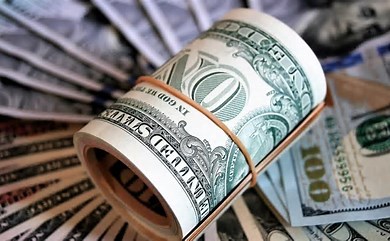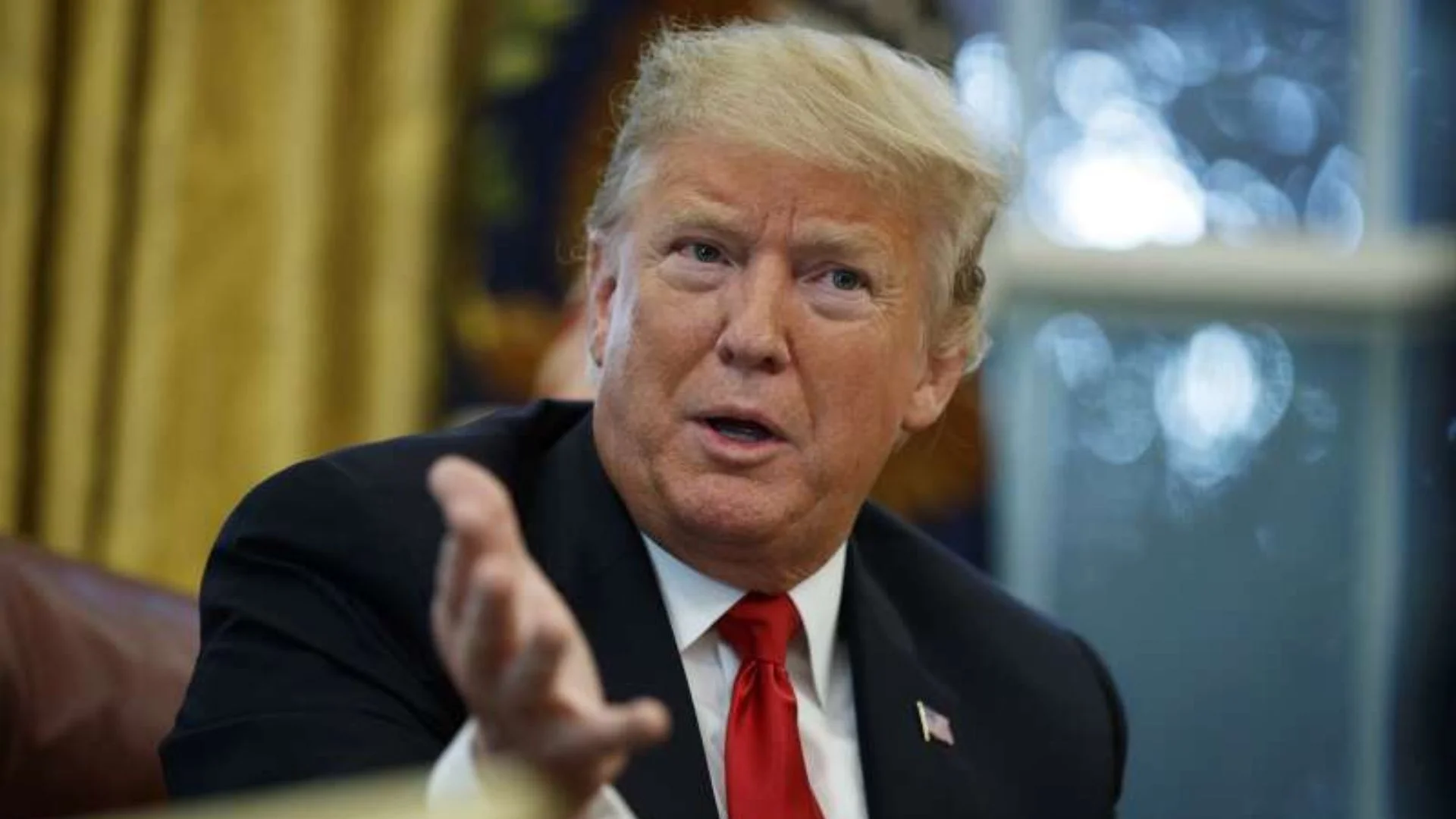The US dollar’s rapid rise paused on Tuesday as traders reassessed the Federal Reserve’s future policy direction. After hitting two-month highs, the dollar weakened slightly against major currencies, driven by a mix of technical factors and uncertainty surrounding the Fed’s approach to interest rate cuts.
Fed Rate Outlook Shifts Amid Economic Uncertainty
Market experts suggest that while the dollar’s rally may not be over, there is growing uncertainty regarding future rate cuts. According to Jayati Bharadwaj, global FX strategist at TD Securities, “The US dollar still has some modest gains left, but the FX market has yet to fully price in the uncertainty surrounding the upcoming US election.”
A resilient US economy and slightly higher-than-expected inflation in September have led traders to reconsider the pace of future rate cuts. While the Federal Reserve began its rate-cutting cycle with a hefty 50 basis-point move in September, the market now anticipates a slower pace. Traders assign an 89% probability of a 25 bps cut in November, with only an 11% chance of a pause, keeping the Fed funds rate between 4.75%-5.0%.
Dollar Index Slips, But Remains Strong
The dollar index, which tracks the US currency against six major rivals, slipped by 0.05% to 103.14, just shy of Monday’s high of 103.36 — its strongest level since August. Comments from Fed Governor Chris Waller, urging caution over aggressive rate cuts, have helped support the dollar’s position.
FX strategist Francesco Pesole from ING highlighted, “Fed repricing has been the main engine for the dollar rebound, especially in relative terms to other central banks.”
Global Currencies Feel the Ripple Effect
The euro dropped to $1.0885, its lowest since August 8, ahead of the European Central Bank’s policy meeting on Thursday. Market watchers expect back-to-back rate cuts, a sharp shift from earlier expectations. Meanwhile, the British pound rose slightly to $1.3080, as UK labor market data signaled slowing wage growth, which could prompt the Bank of England to reduce rates next month.
Yen Weakness Eases Amid Market Shifts
The dollar’s rise against the Japanese yen cooled after hitting 149.98 yen, its highest since August. The yen strengthened to 149.09 per dollar, as uncertainty grows around Japan’s monetary policy under the new Prime Minister Shigeru Ishiba and Bank of Japan Governor Kazuo Ueda. Economists are divided on whether Japan will raise rates again this year.
Commodity-Linked Currencies Slip as Oil Prices Drop
Currencies tied to oil-exporting nations saw mixed performance after oil prices plunged. The Norwegian crown remained flat at 10.802 against the dollar, while the Canadian dollar slipped to C$$1.38. Meanwhile, the Australian dollar and New Zealand dollar both eased by 0.1% against the greenback.
China’s yuan also weakened to a one-month low, signaling further volatility in global currency markets.























